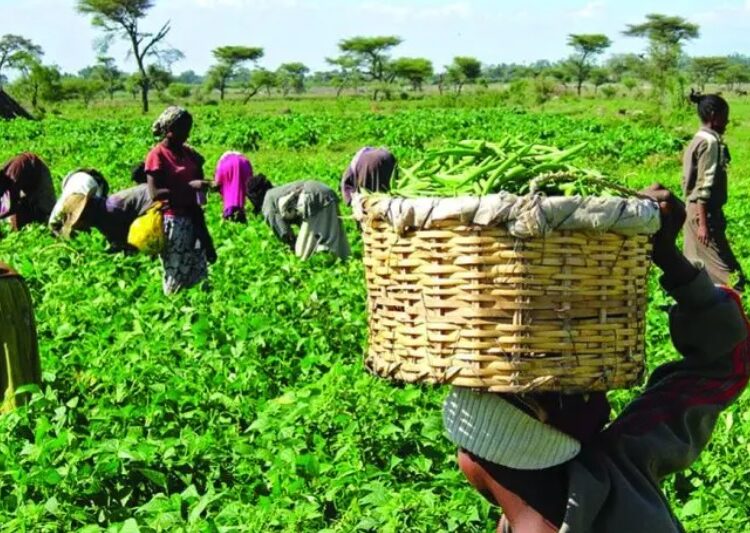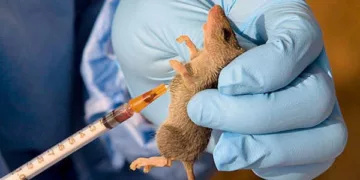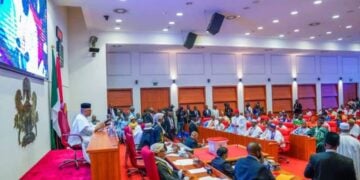A new survey has shown that Nigeria’s agriculture sector has recorded sustained growth during the 2025 wet season with key food crops such as rice, maize, sorghum, yam, cassava and cowpea showing higher yields across the country.
According to the National Agricultural Extension and Research Liaison Services (NAERLS), the boost in output was driven by increased rainfall, better farming practices, and a modest expansion in cultivated land.
The findings were contained in the 2025 Wet Season Agricultural Performance Survey (APS), released on Tuesday in Abuja.
Presenting the report, executive director of NAERLS, Ahmadu Bello University, Zaria, Professor Yusuf Sani, explained that the sector’s gains reflect the combined impact of improved weather conditions and ongoing government support for farmers.
The report revealed that national rice production rose from 9.1 million metric tonnes in 2024 to 9.4 million metric tonnes in 2025 — a 2.66 percent increase. Maize output climbed by 2 percent to 11.4 million metric tonnes, while sorghum grew by 1.3 percent, from 6.41 million to 6.50 million metric tonnes.
Cowpea production also jumped by 4.65 percent to reach 4.28 million metric tonnes, while cassava and yam outputs rose by 1.6 and 2.2 percent respectively. Groundnut production improved by 3.1 percent, despite a slight drop in land area.
The survey recorded a notable fall in food prices nationwide. The average price of white maize dropped by 52.5 percent, milled rice by 34.6 percent, sorghum by 50.2 percent, and cowpea by 45.2 percent between July 2024 and July 2025 — a reflection of improved food availability and distribution.
The report also pointed to progress in mechanisation, input supply, and data gathering. This year, a farm family census and a tractor census were introduced to enhance planning and address gaps in extension and mechanisation services.
However, some challenges remain. Fertiliser prices surged by nearly 20 per cent, while climate-related disruptions — including floods and dry spells — hit several regions. More than 19,000 hectares of farmland were reportedly lost to pest and disease attacks, resulting in estimated yield losses of about 22.5 percent. Production costs for major crops also rose compared to 2024.
Responding to the findings, Minister of Agriculture and Food Security, Abubakar Kyari, commended the report, saying it affirms the government’s commitment to achieving food security through data-driven policies.
Kyari said the government is expanding the Presidential Fertiliser Initiative to make fertilisers more affordable for smallholder farmers. He also revealed that N250 billion has been set aside as smallholder credit to boost farmer welfare and productivity.
“This report provides us with a realistic picture of production outcomes, farmer experiences and sectoral constraints upon which informed decisions and targeted interventions can be built.
This progress, coupled with the significant drop in food prices across all zones, is a clear reflection of improved supply conditions and the cumulative effect of our ongoing interventions in input support, extension delivery, and mechanisation.
It is particularly heartening to see that farmers across regions have demonstrated remarkable resilience despite irregular rainfall, localised flooding and pest pressures,” the minister stated.
Professor Sani, in his remarks, said the 2025 survey reaffirms the resilience of Nigerian farmers and the growing impact of research and extension collaboration nationwide.
He called for the wider adoption of climate-smart farming practices and the distribution of affordable inputs to sustain the sector’s momentum.
The 2025 APS was conducted across all 36 states and the Federal Capital Territory from August 30 to September 7, with inputs from 22 ministries, departments, and agencies, as well as development partners and farmers’ associations nationwide.





